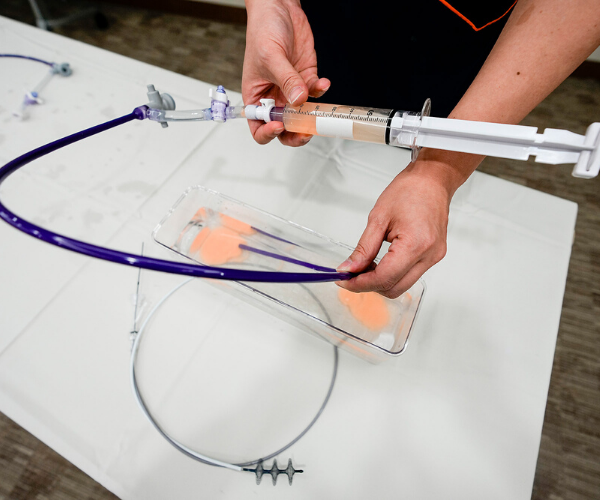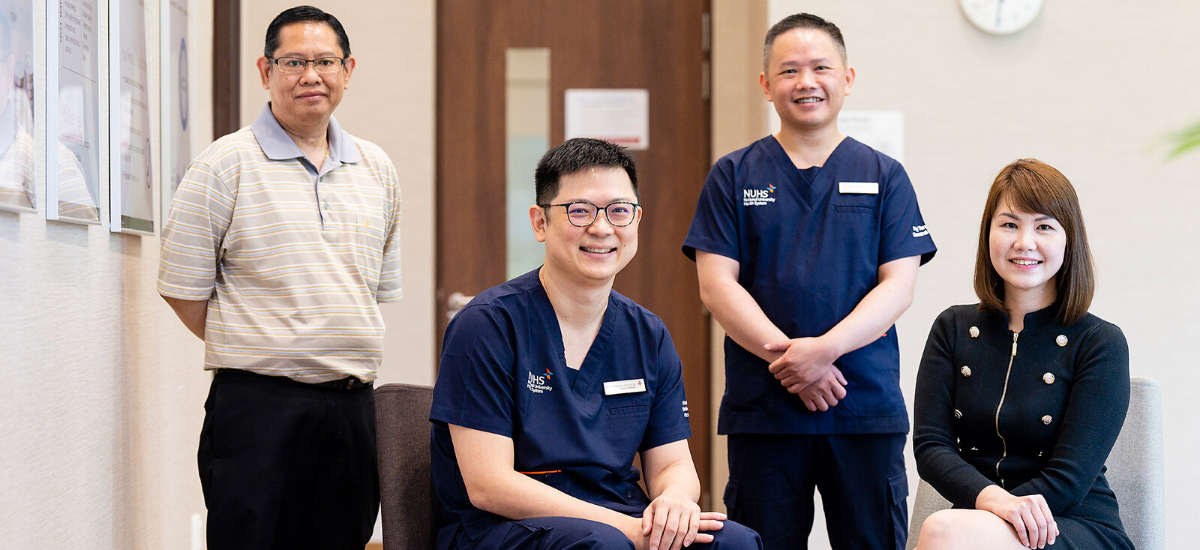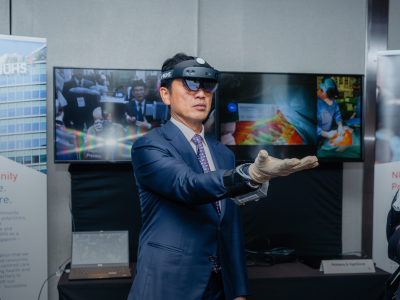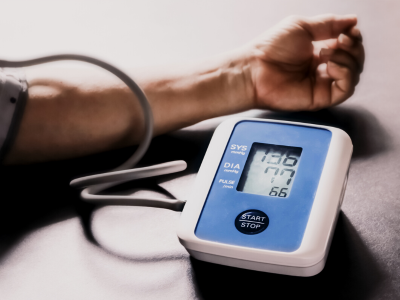Published on 21 March 2022
Two new minimally-invasive procedures could offer fresh hope for patients with life-threatening pulmonary embolism, who previously had few options for treatment.
One of the biggest cardiovascular killers around the globe, pulmonary embolism (or PE for short) occurs when blood clots form and block the supply of blood to the lungs. Left untreated, this can quickly cause the heart to fail.
Despite the dangers, patients with PE have historically had few options for treatment. Most patients rely on blood thinners, monitoring, and – if they’re at imminent risk of cardiac arrest – thrombolysis, or clot-busting drugs.
But data shows that many low-risk patients never fully recover, even after being discharged. In a study, over 50% of PE patients were found to have an oxygen carrying capacity of less than 80%, even 12 months after their PE episode.
This is especially dangerous in a disease with a mortality rate as high as 45%, and from which 10% of acute patients die suddenly.
Furthermore, even for patients who do qualify for treatment via the clot-busting drugs, the outcomes aren’t ideal: on average, 12% of patients develop major bleeding complications, and about 2% end up suffering from a stroke due to bleeding in the brain.
“So we’re not saving more lives, patients are not fully recovering – and so there is a problem,” said Asst Prof Pipin Kojodjojo, Director of Cardiology at Ng Teng Fong General Hospital (NTFGH) and Senior Consultant, Cardiology and Cardiac Electrophysiology, National University Heart Centre (NUHCS).
A new generation of PE treatment

Over the last two decades, treatment for PE has remained largely stagnant.
Apart from monitoring and medication, a solution does exist: the mechanical removal of the clot. This method has been used to treat conditions such as heart attack and stroke, and offers a host of benefits, including fewer complications, shorter hospital stays, and improved survival rates to as high as 98%.
But until recently, specialised equipment to remove blood clots in PE patients has not been available.
“Over the last seven years, we’ve been trying to eat spaghetti with a spoon,” said Asst Prof Pipin, who leads the newly-formed Pulmonary Embolism Response Team (PERT), which aims to improve the treatment of PE in Singapore. He explained that given the lack of options, the team initially resorted to using tools used to treat other conditions to tackle the clots.
However, due to the vast differences in organ anatomy – the artery of a heart, for instance, is about 4mm in diameter, while the artery of a lung is ten times as wide – this method was used only as a last resort.
But with the acquisition of several new technologies, such treatment is quickly gaining ground as a real option. So far, two new procedures have been introduced within the cluster.
One procedure, called ultrasound-assisted thrombolysis, involves spaghetti-thin catheters being inserted into a vein in the patient’s leg. A small amount of clot-busting drugs is then delivered through the vein into the lungs, while high-intensity ultrasound simultaneously helps to break up the blood clots.
With this technique – the first to be carried out in Southeast Asia – less than 25% of the medication is used, leading to a much lower risk of bleeding complications. In addition, the blood clots can be dissolved in a matter of hours.
40-year-old insurance executive Michelle Yip was one such patient to receive this treatment. After fainting at work and being conveyed to the hospital’s emergency department, she was diagnosed with high-risk PE.
“I was shocked to learn that I almost had a cardiac arrest which could have been fatal,” she said. “It is a mystery how I developed blood clots in my legs and lungs, as I maintain a healthy lifestyle and have no underlying medical conditions.”
Ms Yip was found suitable to undergo ultrasound-assisted thrombolysis, and decided to opt for it after a discussion with Dr Jimmy Ong, Consultant Cardiologist at NTFGH. After undergoing it, her blood clots dissolved in just six hours and she was discharged from the Intensive Care Unit (ICU) the very next day.
This is in contrast to conventional thrombolysis, which typically involves a week-long stay in the ICU, the clinicians noted. “And as you know, ICU beds are very precious during this COVID-19 pandemic…so there’s a lot of savings from [the patient] not being there for a week,” Asst Prof Pipin added.
The second new procedure, called a suction thrombectomy, also involves a catheter but makes use of a suction force to directly remove all the blood clots, without the use of any clot-busting medication.
This technique is the first to take place in Asia, and has the benefits of a faster recovery and the absence of bleeding risks associated with clot-busting medication.
“So instead of using a spoon to eat spaghetti, we now have a fork,” quipped Asst Prof Pipin.
Future implications
To date, 13 such procedures have taken place within the National University Health System (NUHS).
Eventually, Asst Prof Pipin believes, these techniques could become the preferred first line of treatment for PE, in particular for high-risk patients.
He also highlighted the multiple benefits of the method: “Importantly, it reduces hospital stay times and frees up ICU beds that are needed as we continue to manage the evolving pandemic.”
“Some patients are [still] a little bit conservative…ultimately, it’s still a patient-physician discussion. But now [this option] will be on the table,” he added.
“My personal prediction – if you look at what’s happened in the heart attack space, and the stroke space – is that in five years from now, this should be first-line treatment for everybody.”




